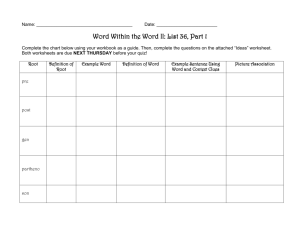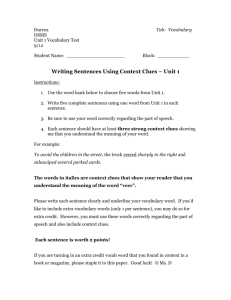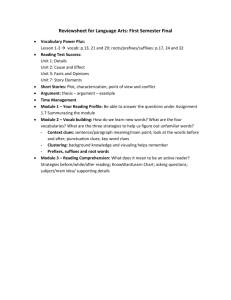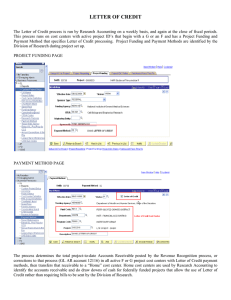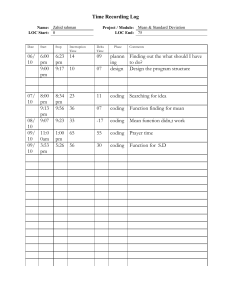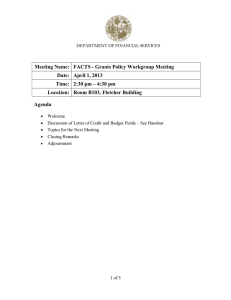Analyzing Books & Teacher’s Guide
advertisement
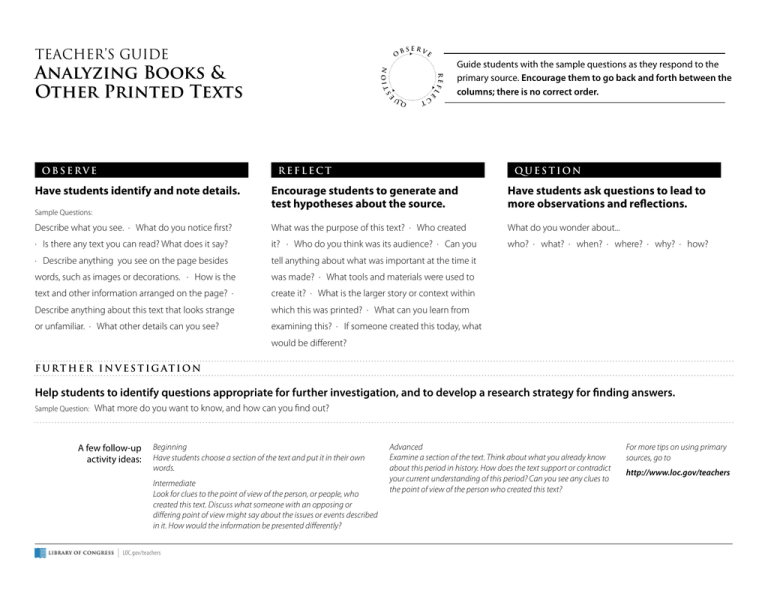
Teacher’s Guide O ION C E ST REFL T QU OBSERVE E Analyzing Books & Other Printed Texts BSERVE Guide students with the sample questions as they respond to the primary source. Encourage them to go back and forth between the columns; there is no correct order. REFLECT Have students identify and note details. QUESTION Encourage students to generate and test hypotheses about the source. Have students ask questions to lead to more observations and reflections. Describe what you see. · What do you notice first? What was the purpose of this text? · Who created What do you wonder about... · Is there any text you can read? What does it say? it? · Who do you think was its audience? · Can you who? · what? · when? · where? · why? · how? · Describe anything you see on the page besides tell anything about what was important at the time it words, such as images or decorations. · How is the was made? · What tools and materials were used to text and other information arranged on the page? · create it? · What is the larger story or context within Describe anything about this text that looks strange which this was printed? · What can you learn from or unfamiliar. · What other details can you see? examining this? · If someone created this today, what Sample Questions: would be different? F U R T h E R I N V E S T I g AT I O N Help students to identify questions appropriate for further investigation, and to develop a research strategy for finding answers. Sample Question: What more do you want to know, and how can you find out? A few follow-up activity ideas: Beginning Have students choose a section of the text and put it in their own words. Intermediate Look for clues to the point of view of the person, or people, who created this text. Discuss what someone with an opposing or differing point of view might say about the issues or events described in it. How would the information be presented differently? LOC.gov/teachers Advanced Examine a section of the text. Think about what you already know about this period in history. How does the text support or contradict your current understanding of this period? Can you see any clues to the point of view of the person who created this text? For more tips on using primary sources, go to http://www.loc.gov/teachers


